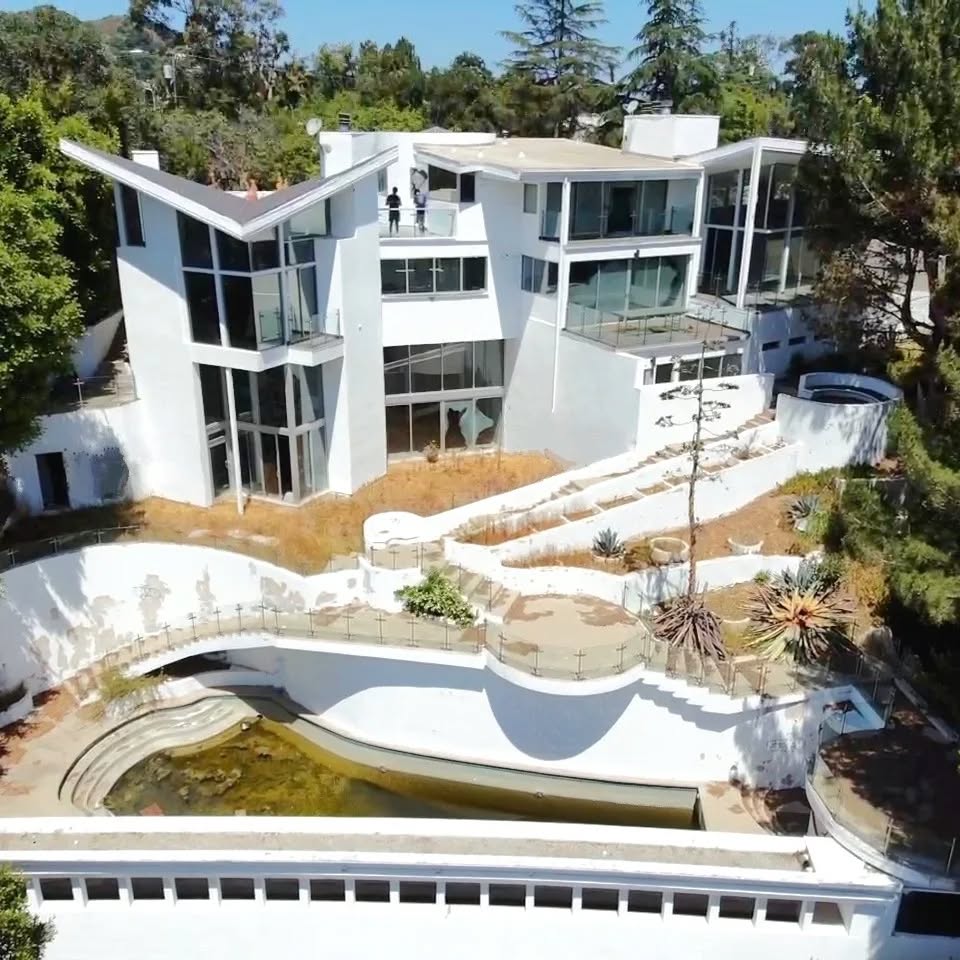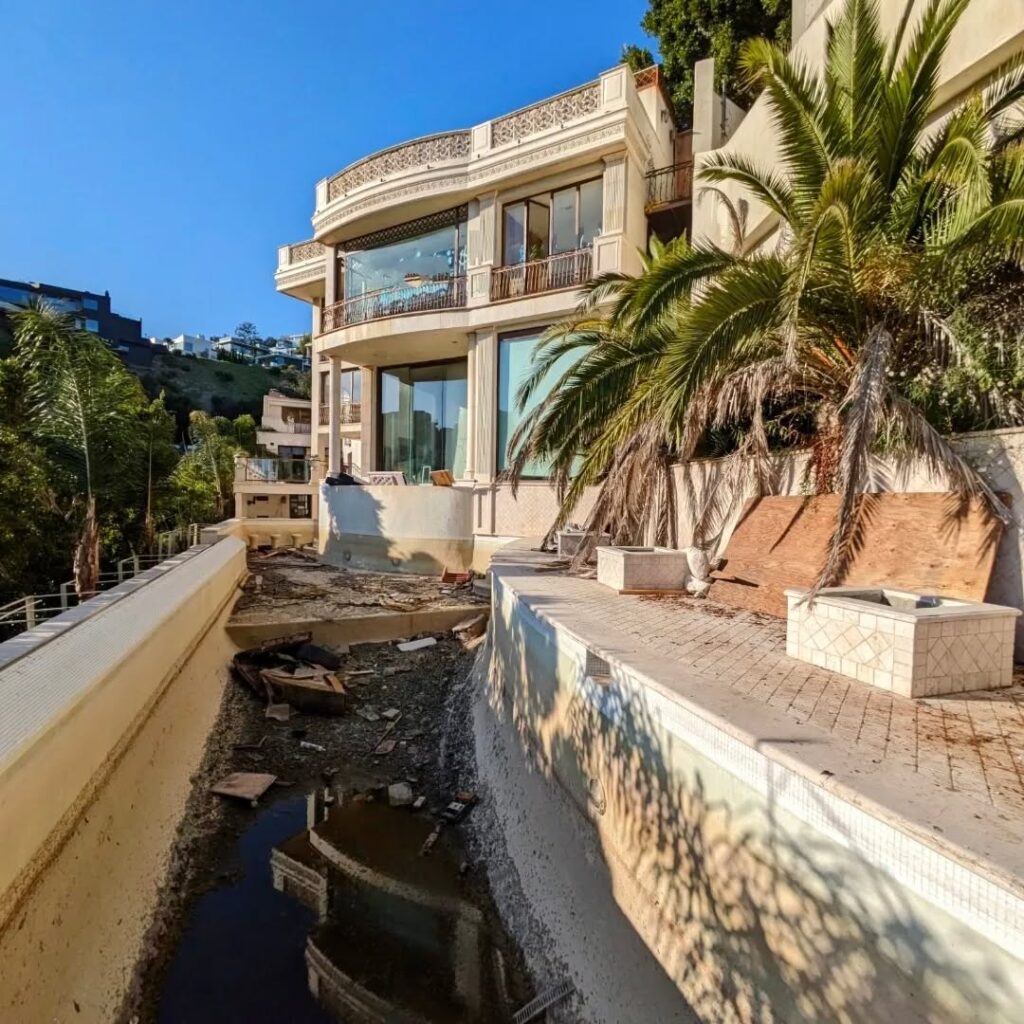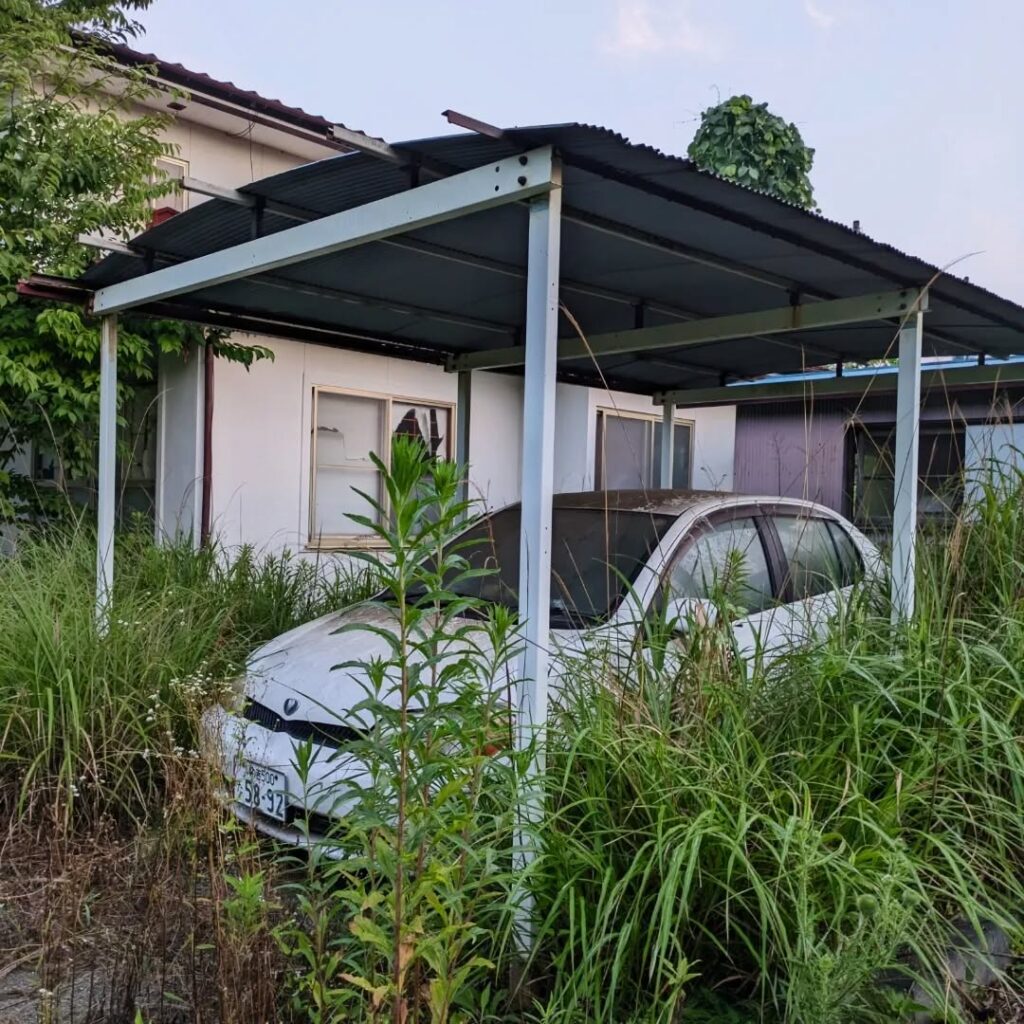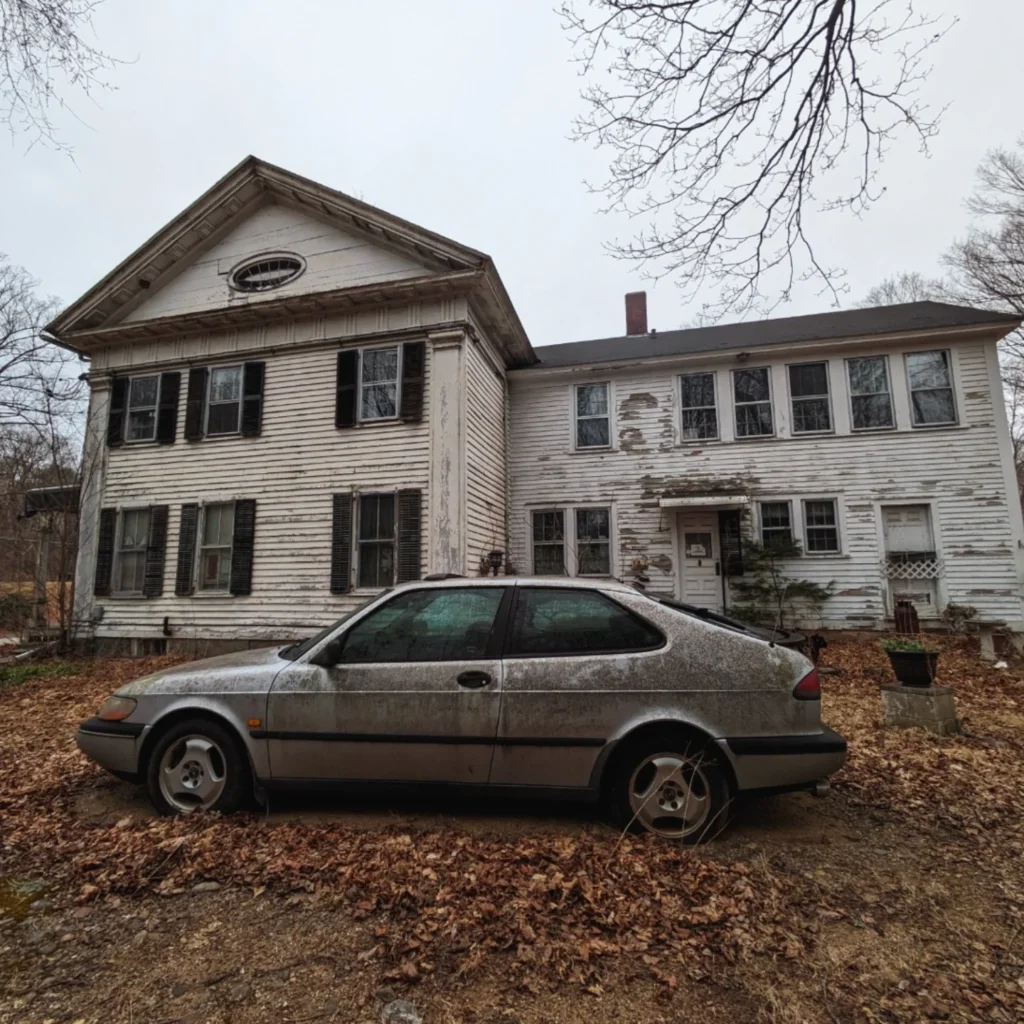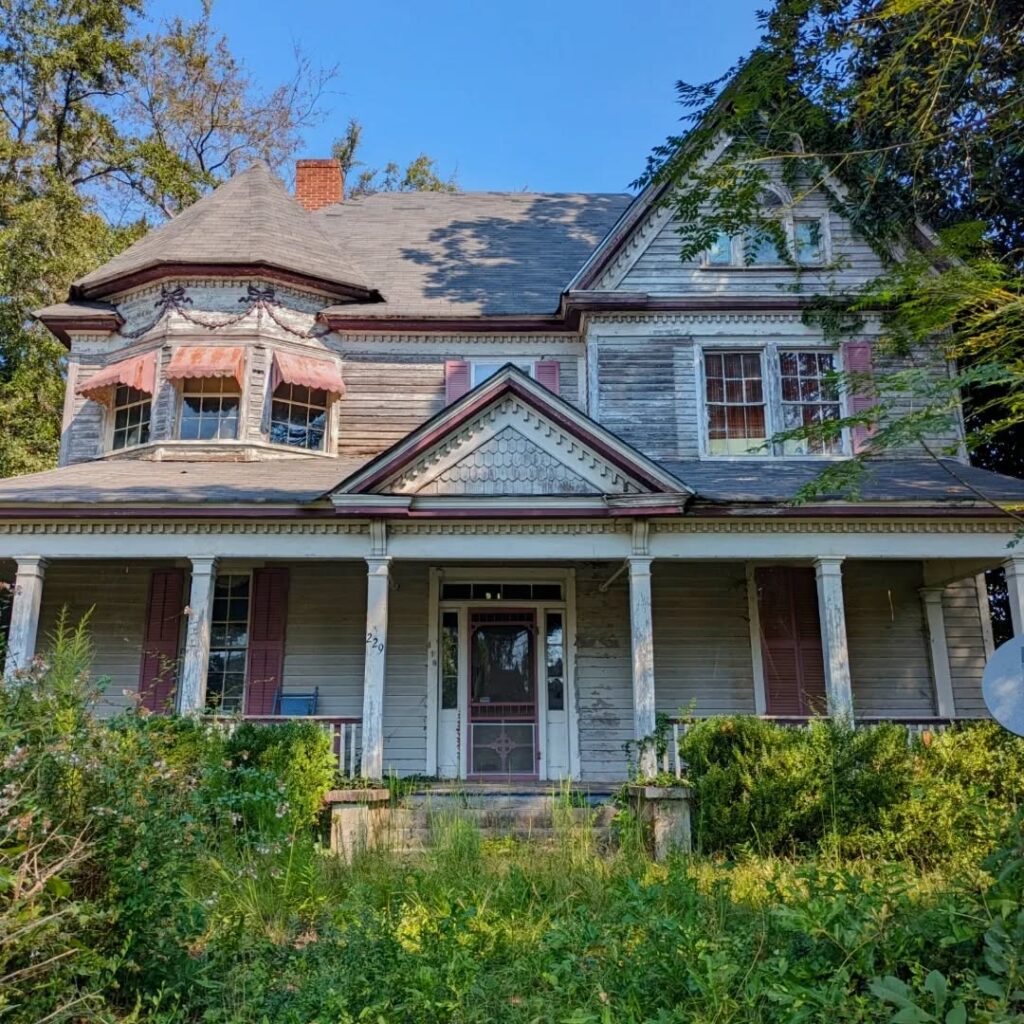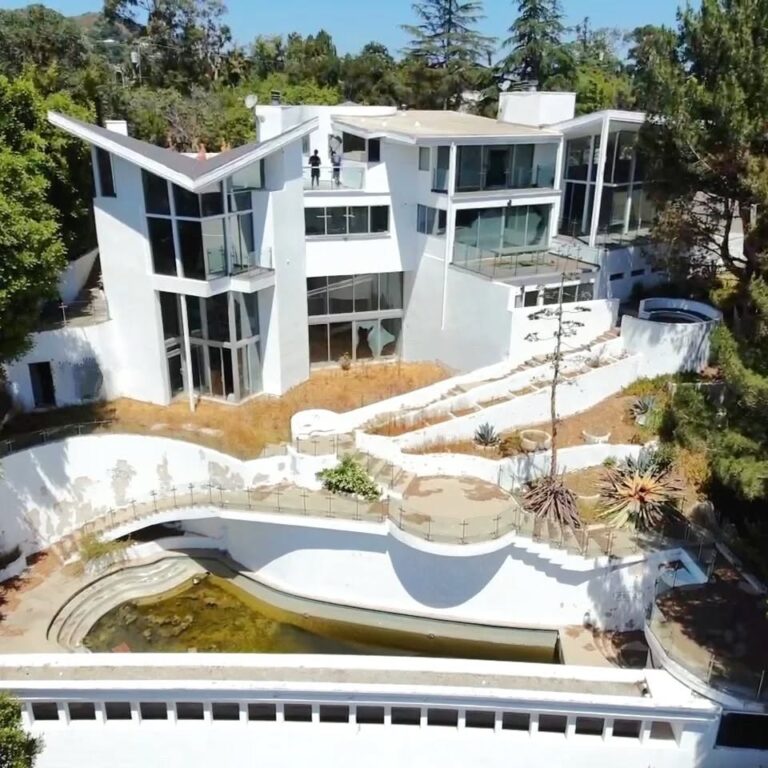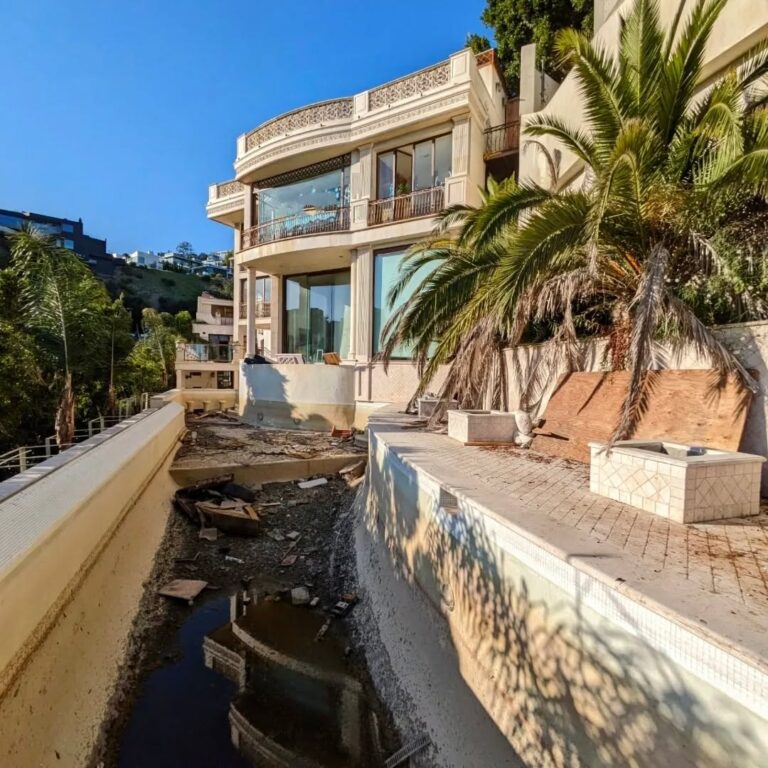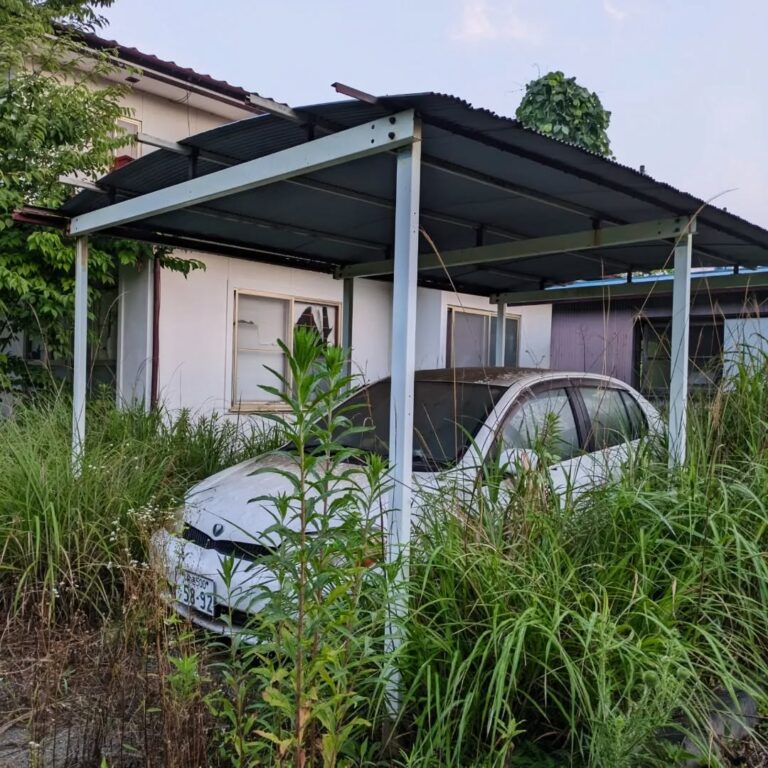Introduction: One Day That Transformed Japan
Japan was hit by one of the worst disasters in world history on March 11, 2011. It was a 9.0 earthquake, the largest in Japan’s history, that caused a 40-meter (130-foot)-high tsunami that destroyed coastal towns on Japan’s northeastern coast. But it was not the end of the disaster.The tsunami inundated the Fukushima Daiichi Nuclear Power Plant, leading to three reactor meltdowns and enormous radiation spills. An exclusion zone was declared by the government, and 164,000 had to evacuate in a matter of moments. They took nothing with them, simply the clothes on their back, expecting to be back in a few days’ time.
They never did.
A decade later, whole neighbourhoods are stuck in the past. Vehicles are parked in driveways, undisturbed since 2011. Houses are full of furniture, toys, and possessions still in them. Streets are hauntingly quiet, taken over by nature.Today we explore one of these forgotten districts, revealing the history that continues to linger there.
The Earthquake, the Tsunami, and the Nuclear Disaster: a triple disaster
1. The Earthquake that Rocked Japan
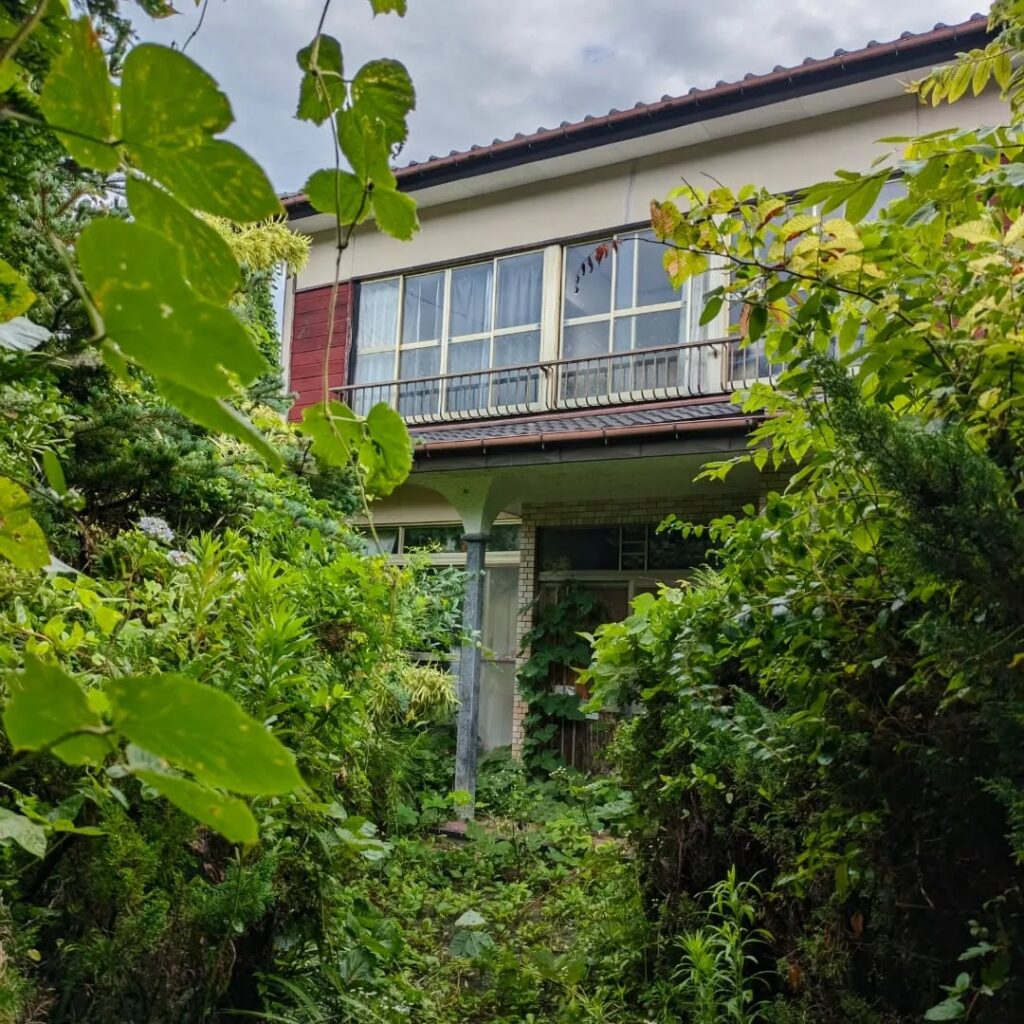


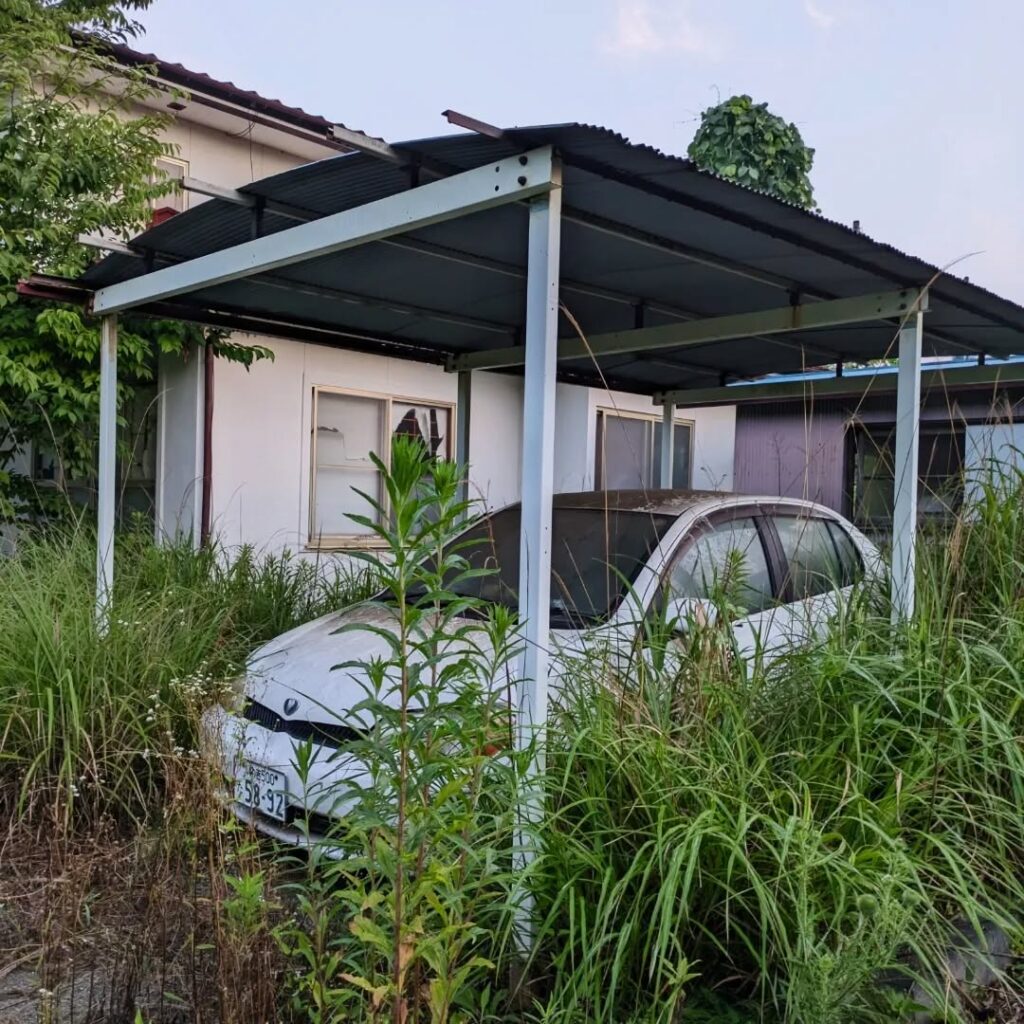
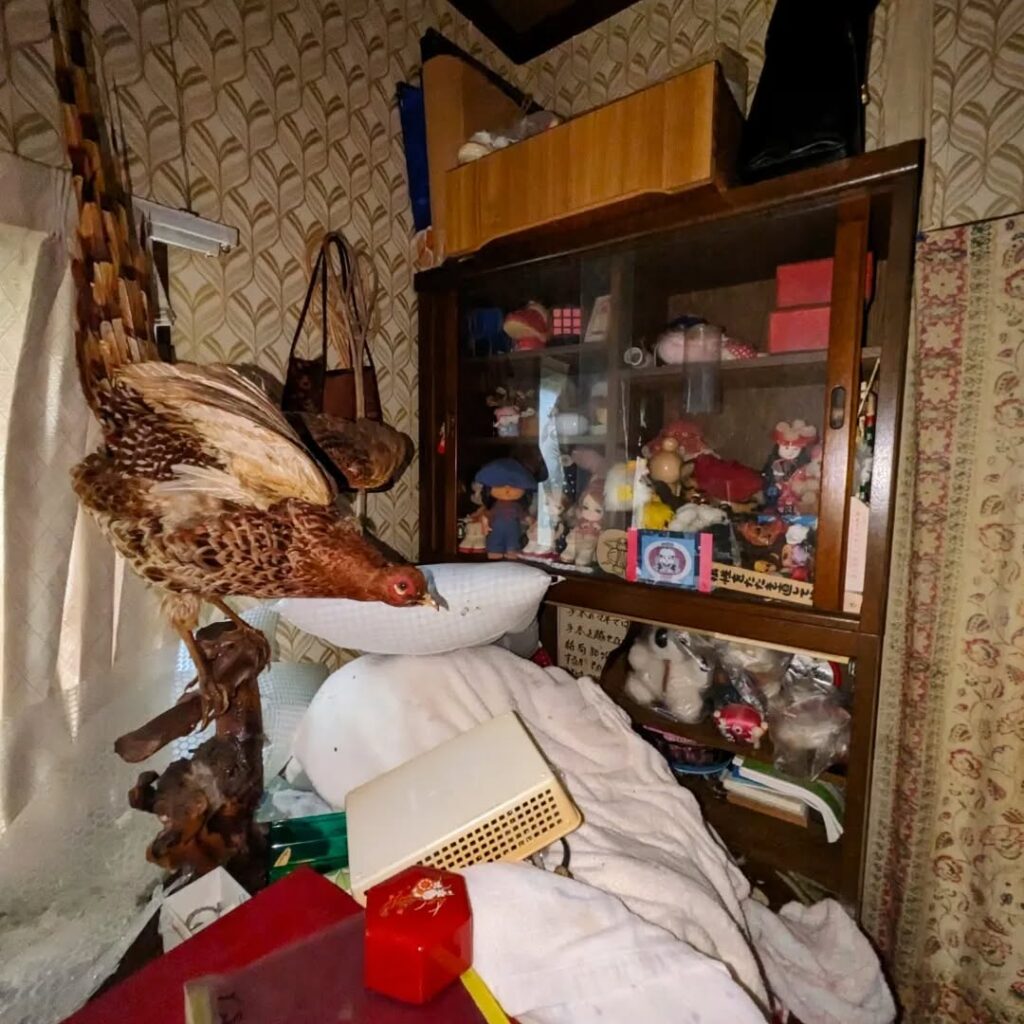
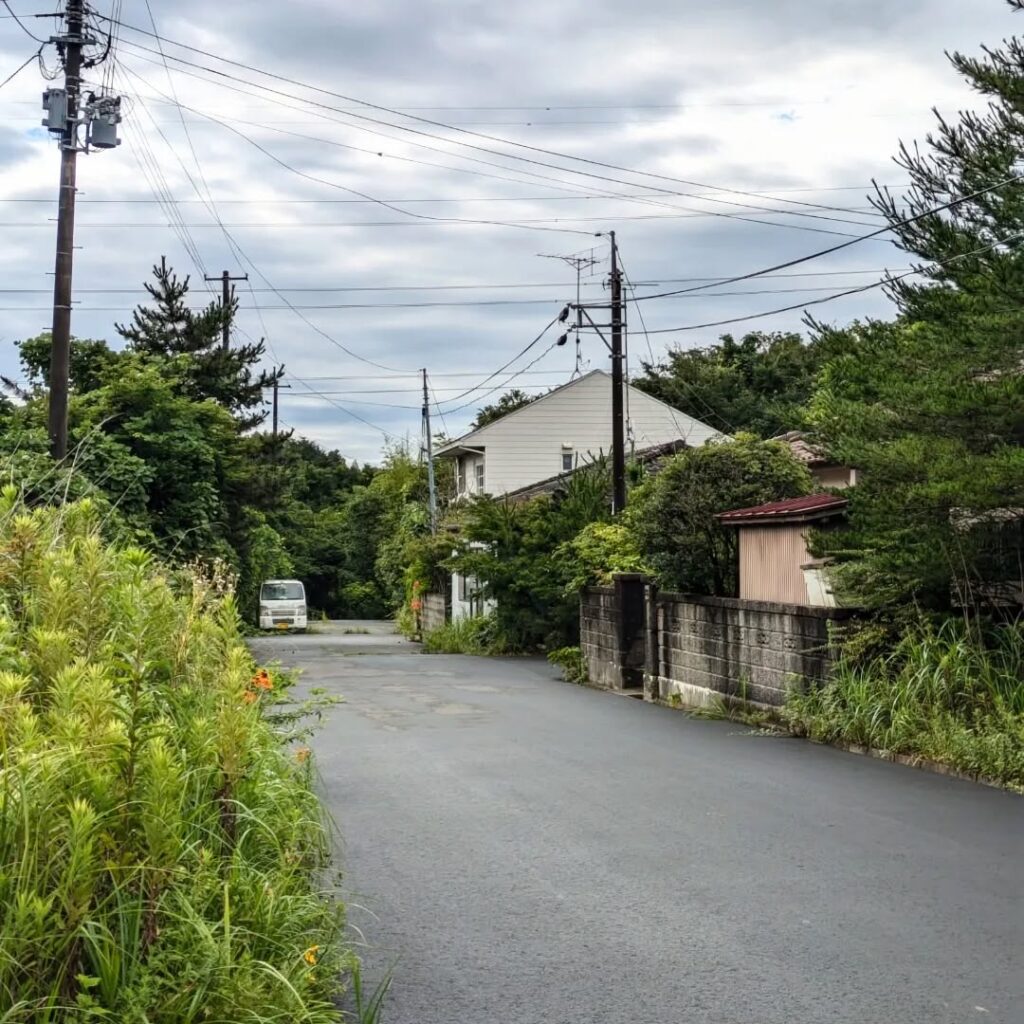

Credit goes to silent_hills_explorations
At 2:46 PM on March 11th, 2011, the Pacific Plate crashed beneath the North American Plate, unleashing a 9.0 magnitude earthquake that lasted six agonizing minutes. Swaying buildings, cracked streets, and millions of people were without electricity.Abandoned Neighborhood
2. The Tsunami’s Devastation
Soon after, the tsunami struck. Whole towns were erased from the face of the Earth. Cars, homes, and even buildings were carried away like toys. The confirmed death toll had risen to almost 20,000, with thousands reported missing.
3. The Meltdown in Fukushima
The tsunami inundated the Fukushima Daiichi plant, disabling backup generators. Three reactors melted down without cooling systems, releasing radioactive material into the air and ocean.The government mandated a 20-kilometer (12-mile) evacuation immediately, later widened for radiation hazards. People had to leave in minutes, abandoning everything.
Credit goes to silent_hills_explorations
Inside the abandoned streets of Fukushima: 2011 Time Capsule
1. Frozen in Time Homes
Exploring these neighbourhoods is like stepping into a post-apocalyptic movie.
Family homes are still untouched, plates still on tables, laundry half-folded, calendars affixed to March 2011.
Schools retain unchanged classrooms, complete with books and pupil artwork adorning walls.
Their stores are full of expired goods, including some that are now covered in mold and dust.
2. Vehicles Parked in Driveways
One of the most poignant images? The abandoned vehicles.
Most were parked normally, as though their owners had stepped away for a moment.
They were buried under the wreckage or half-buried in the tsunami sediment.
They still contain personal belongings—umbrellas, CDs, toys for children.
3. Nature Reclaiming the Land
Human occupation is absent. Nature prevails.
Weeds and vines creep in through broken windows.
Wildlife, including boars, foxes, and monkeys, can
Rust and decay slowly consume everything left behind.
Why Was Everything Left Behind?
1. The Sudden Evacuation
People were instructed to depart immediately, without any opportunity to pack. Most believed they would be back in days or weeks, unaware that it would be years or never.
2. Radiation Contamination
Places near the plant are still too radioactive to be returned to safely. Hotspots of high radiation persist in even “clean” areas.
3. Legal and Emotional Barriers
Certain properties are restricted by law due to contamination.
They are also too painful for former residents to visit.
Will Fukushima Ever Truly Recover?
1. The Slow Return
As of 2024:
Certain towns were declared safe, and former residents returned in a slow trickle.
They lie vacant as ghost towns, without any repopulation schemes.
2. Fear of Radiation that Remains
Despite government assurances, many fear long-term health effects, especially for children.
3. What Do We Do Next?
Fukushima is a stark reminder of the danger of nuclear power—and of the vulnerability of human habitation to the fury of nature.
Conclusion: Eerie Reminder of Catastrophe
Fukushima’s ghost towns are not ruins—they are frozen moments in lives that were cut off. Each vacant house, each abandoned car, is a testament to loss, to survival, and to strength.For the people who inhabited them previously, these sites are full of memories. For the world, though, they are a cautionary tale—and a reminder to never forget.
Would you ever visit Fukushima’s exclusion zone? Tell us in the comments—and see the full journey on my YouTube channel.
FAQs Regarding Fukushima’s Exclusion Area
Is it possible to visit Fukushima’s ghost towns? A few sections are available for guided tours, yet others are strictly off-limits as radiation zones.
Yes, there remain radioactive hotspots. A: Yes, especially near the nuclear plant. Authorities continuously monitor radiation levels.
Will humans one day live there again? A: Some have, yet many communities will never be repopulated.
What was the fate of the abandoned pets? A large number perished, although a few were rescued by brave volunteer missions.


